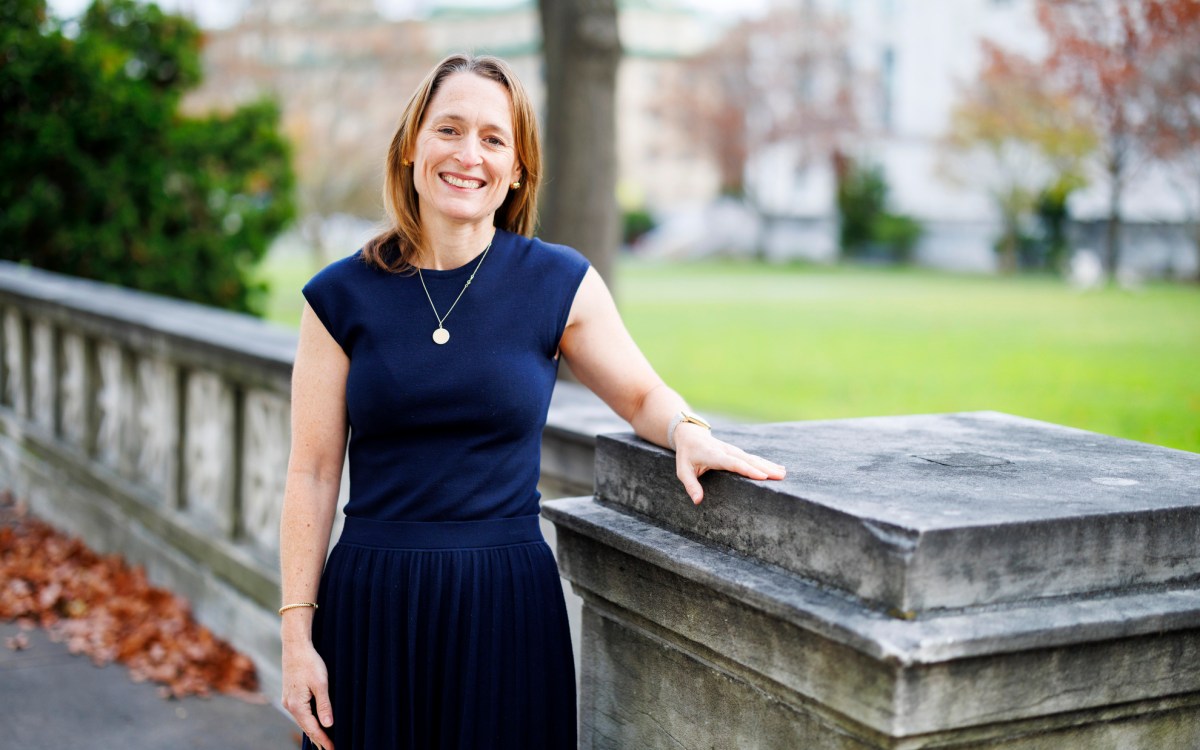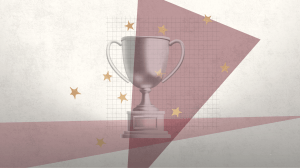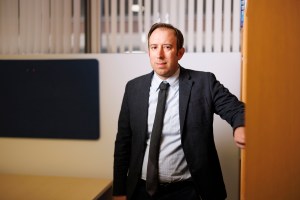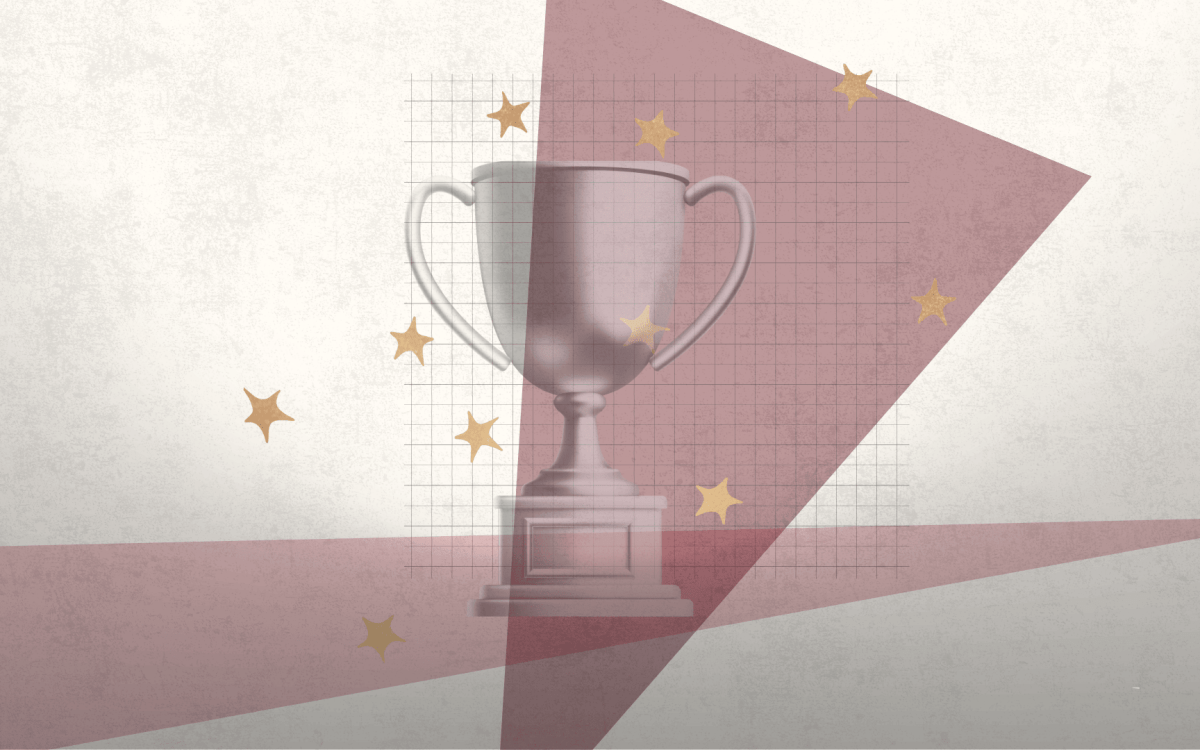Symposium addresses American Indian health
Sunshine Dwojak, a fourth-year Harvard Medical School student, was 26 when her mother died of heart disease, leaving behind three children. Dwojak’s mother was 48.
“My grandmother said our family ‘just wasn’t lucky,’ and my aunt said that ‘longevity doesn’t run in our family,’” Dwojak said. Growing up, she saw many of her family members suffer from mental illness, heart disease, diabetes, and substance abuse.
Dwojak, whose family is Cherokee and Rosebud Sioux, realized that the diseases that were taking her family members while they were still young were not genetic in the sense she had thought — her relatives were all American Indians who fit the norm for disease and mortality in a culture marred by poverty, lack of education, and limited access to medical care.
Their genes were not making them sick, but they were susceptible to preventable diseases due to their circumstances, which are a product of her race’s status in the more general society.
To address inequities in health care for Native Americans, the Harvard University Native American Program (HUNAP) this past week (Nov. 7-8) brought together public health workers and physicians who are working to deliver health care to American Indian and Alaskan Native populations. The efforts include treatment of life-threatening chronic illnesses at remote reservation clinics and providing care to urban American Indian populations that are often geographically remote from community support.
The idea for the 2007 Native American Health Symposium came from a question Dwojak brought to Carmen Lopez, executive director of HUNAP and a member of the Navajo Nation, and Thomas Sequist, an HMS assistant professor of medicine and health care policy, and member of the Taos Pueblo.
“Sunshine asked if she could bring in a speaker about health care for Native Americans. From that we conceived bringing lots of speakers — experts,” Lopez said.
The symposium was intended to educate the Harvard community and to foster collaborations among key stakeholders to improve health status in Native American populations, Lopez said. “We have brought together the people who are improving the health of Native Americans. They are making a difference,” she said.
The five panels included the clinical leadership of the federal Indian Health Service and clinicians directly involved in delivering health care to Native Americans in rural and urban settings, which provide quite different challenges to the medical community.
From 15 to 20 tribes or nations were represented among the panelists, students, and audience members, Lopez said. The HUNAP symposium was co-sponsored by a number of Harvard University Schools and offices, and several affiliated teaching hospitals.
Dwojak said that she did not see outside her family’s explanation for their poor health until she left home for college. “I grew up believing that poor health and short life expectancy were something that I too would inherit. It wasn’t until I left home for college that I began to see outside of my family’s rationalization and realized that there were systemic roots to these health problems.”
American Indian and Alaskan Native populations have disproportionately higher rates of diabetes, kidney disease, heart disease, suicide, and drug and alcohol abuse than other Americans, Sequist told the attendees at last Thursday’s (Nov. 8) session in the Medical School’s New Research Building.
The Indian Health Service (IHS) delivers care to the majority of Native American patients through 600 outpatient centers and 50 hospitals, serving 1.8 million patients from 562 nations and tribes. But physically getting to a health care provider is not easy for native populations, Sequist said. Frequently, clinics and hospitals are hours away so native populations have the longest duration of any other American group from onset of medical symptoms to arrival at a medical facility, he said.
“Patients travel great distances to get care. Some must travel 90-180 miles for medical services. Almost 70 percent of IHS clinicians say that geography is a barrier to providing care,” Sequist said.
Theresa Cullen, a physician and chief information officer for the IHS, said that the IHS is asked to do too much with too little. The IHS is chronically understaffed, so the clinicians leverage what they have to make it more effective. “But at some point, you cannot pedal faster. Our doctors are seeing 75 to 80 patients per day.”
The health issues facing American Indians need to be confronted within the context of the individual patient, the patient’s family, and the patient’s community. “If we have one suicide, we will have a cluster. If we see four patients who come into the clinic and say they are contemplating suicide, there are 20 who are thinking about it and have not come in. It’s all in the context of the community,” Cullen said.
Harvard’s HUNAP “believes in self-determination of native people,” HUNAP’s Lopez said. Her health care experience as a Native American involved traveling an hour and a half to reach a medical clinic. “As an adult, I take my grandparents to the Indian Health Service clinics in Kayenta, Tuba City, or Chinle, Arizona. These clinics are so far away that we make a day of it by grocery shopping, doing the laundry, picking up bales of hay.”
Harvard has about 60 American Indians enrolled in the undergraduate College and 70 enrolled in graduate Schools, Lopez said. But, she said, Harvard has only a handful of American Indian faculty whose teaching and research focuses on Native American issues.
Lopez said that the education of Native Americans is woven into the long history of Harvard. The College’s charter of 1650 pledged that the University would be dedicated to “the education of English and Indian youth.” From 1655 until 1698, the present site of Matthews Hall was the site of Harvard’s Indian College. More than 1,000 Native Americans have graduated from Harvard University since the 1970s.
Charles North, acting chief medical officer of the Indian Health Service, told the gathering that one of the many challenges is to deliver care that “embraces both Western medicine and cultural and local norms in Indian communities.”
North, keynote speaker for the symposium, lived and practiced medicine for seven years among the Hopi Indians. In many cases, he said, Native American medicine is more compelling and powerful for his patients than Western medicine.
Panelist Darren Vincenti, clinical director of the Hopi Health Care Center in Arizona, graduated from Harvard Medical School, where his mentors were panelists Charles North and Andrew Narva. North and Narva have had long careers in the Indian Health Service.
“There is a circle,” Lopez said. Vincenti learned from doctors who had dedicated their professional lives to American Indian medicine. He went back to the native community as a physician.





